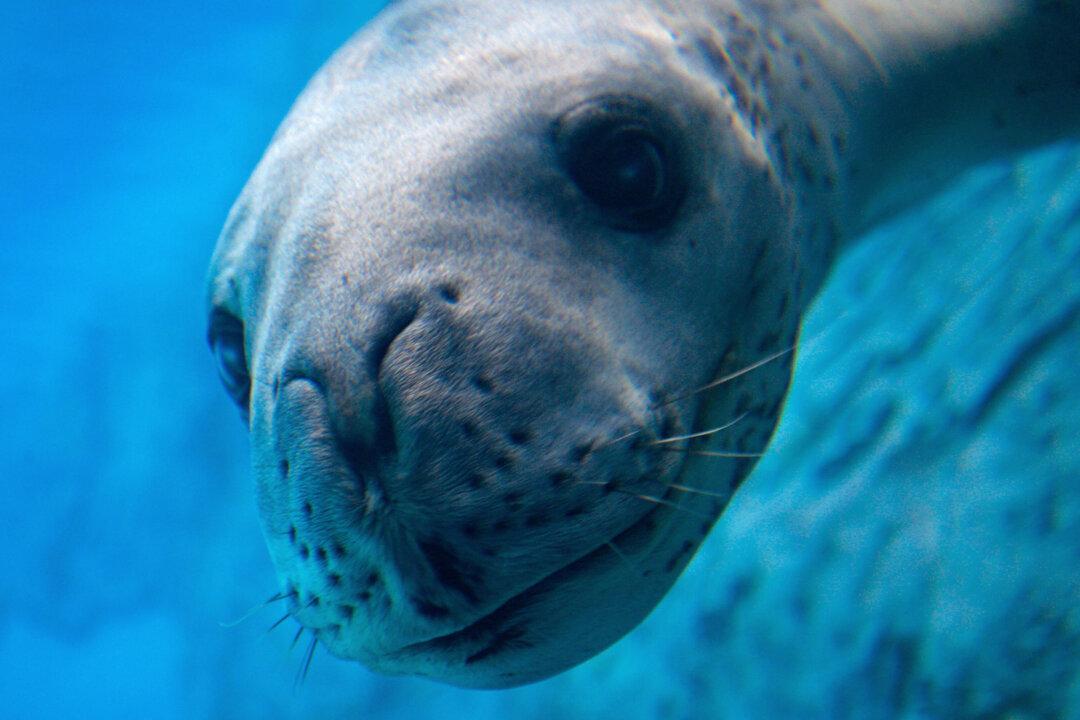Researchers are trying to trace the owner of a USB stick that survived the trip through the innards of a leopard seal, before being frozen in a feces sample for over a year.
Volunteers at New Zealand’s National Institute of Water and Atmospheric Research (NIWA) were sifting through frozen seal feces samples—which reveal vital clues about the animals—when they found a USB stick deep inside.





